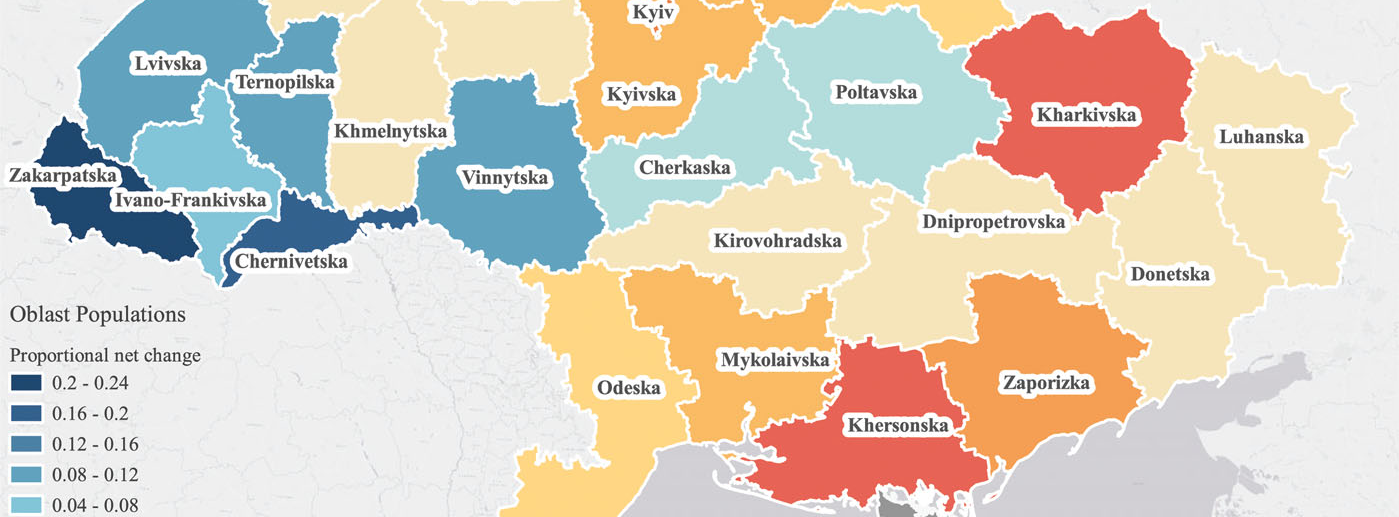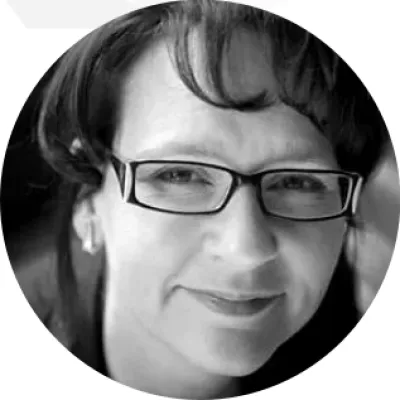A team of researchers at the Leverhulme Centre for Demographic Science, led by Dr Douglas Leasure, have published a novel paper that provides one of the only quantitative estimates of internal displacement in virtual real-time.
Read the paper and full Press Release
Dr Douglas Leasure worked on the study alongside partnering organisations and the Centre's Professor Ridhi Kashyap, Dr Francesco Rampazzo, Dr Mark Verhagen, Dr Arun Frey, Dr Evelina Akimova, and our Director Professor Melinda Mills.
The study authors developed an innovative metric to monitor population displacement in Ukraine following Russia’s invasion. Dr Douglas Leasure adds, “Forced displacement of populations due to conflict is inherently difficult to measure as this often relies on traditional field survey methods which are difficult in conflict areas, with results becoming quickly outdated. By using social media and targeted advertising data, we were able to very quickly collect information on daily active users on Facebook in Ukraine provinces and break them down into five-year age groups and sex.’’
Listen to the Big Questions podcast with Dr Douglas Leasure to find out how social media can be used to deliver humanitarian aid
The metric combines daily United Nations data on how many people are crossing the Ukrainian border with the researchers’ daily data on active Facebook users to monitor population displacement across Ukraine provinces. The metric also takes into account the percentage of people who were active on Facebook before the invasion to mitigate any bias.
The study estimated that 5.3 million people were internally displaced away from their home province between 25 February and 14 March 2022. This contributed to the United Nations revising their initial internal displacement estimate of 1.6 million people around three weeks after Russia’s invasion to 6.5 million as of 16 March 2022.
Professor Melinda Mills said, ‘I am very proud of my team and our collaborators who rapidly responded to the need for information on internal displacement in Ukraine to assist with the humanitarian response. This metric is one of the only quantitative estimates of internal displacement in virtual real-time, which we are continuing to develop to help those in need during humanitarian crises.’
The Centre continues to work with the United Nations, International Organization for Migration, and other humanitarian groups to assist in the distribution of humanitarian aid to specific locations and age groups who need it most.
Find out more in the paper, full Press Release, and Big Questions podcast with Dr Douglas Leasure









